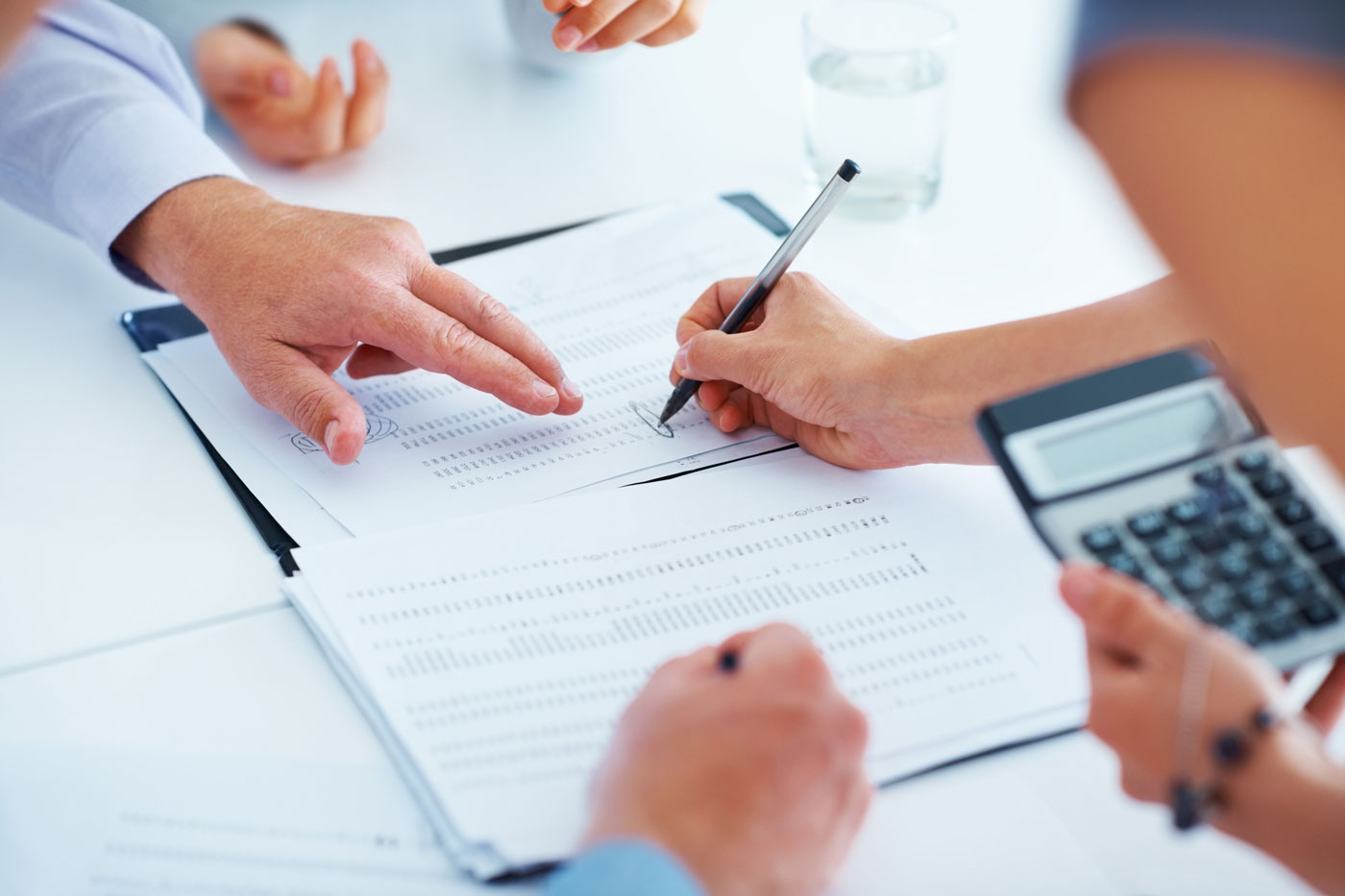Cosimi LA, Kelly C, Esposito S, et al. "Multiple negative. Continue to wear awell-fitting maskthrough day 10. 9 of the best at-home COVID-19 tests and how to choose. The CDC's current isolation guidance is that if people have access to a coronavirus test and want to take it, the best approach is using a rapid test toward the end of their five-day. (2022). You can then leave isolation after testing negative two days in a row if you have tests available or after 10 days if you do not test negative. If you have COVID-19 symptoms, test again 48 hours after the first negative test, for a . There is scientific consensus, however, says Barczak, that its very unusual for people to stay infectious after ten days, as they dont tend to shed culturable virus. If you test negative, you can leave your home, but continue to wear awell-fitting maskwhen around others at home and in public until 10 days after your last close contact with someone with COVID-19. If you develop symptoms,get testedimmediately and isolate until you receive your test results. Copyright 2023 RUSH University Medical Center, RUSH Copley Medical Center or RUSH Oak Park Hospital. Anyone can read what you share. And in order to prevent the spread of the virus, contagiousness is what really matters. The CDC recommends isolating for at least 5 days if a person is asymptomatic or their symptoms improve. According to the Mayo Clinic, "the risk of false-negative or false-positive test results depends on the type and sensitivity of theCOVID-19diagnostic test, thoroughness of the sample collection, and accuracy of the lab analysis.". Meanwhile, those with moderate COVID-19 must isolate for 10 days. It can be confusing to have recognizable symptoms and a negative test, but experts say the early signs of Covid-19 like fever and fatigue are typically caused by your immune systems initial response to the virus and are not necessarily a reflection of viral load. A person has close physical contact with someone who has a SARS-CoV-2 infection. While there may be more room for testing errors, an article in The New England Journal of Medicine notes that taking many rapid tests is more effective at detecting infection than having a single expensive lab test at one point in time. However, studies like these are mostly based on data from the original Omicron, as it is too soon for similar studies on BA.5 to be published, said John P. Mills, MD, associate professor of medicine at the Rutgers Robert Wood Johnson Medical School. If you're unclear about what your test result says, isolate and repeat the test in six to 12 hours. While the CDC does not officially recommend retesting, data shows that frequent testing especially at-home tests may increase the likelihood of getting an accurate positive result. "As we said, Savannah left early, she wasn't feeling great, so she took a COVID test. It is believed people are at their most infectious one to two days before the onset of symptoms, and during the two to three days afterwards. However, since people can be reinfected by SARS-CoV-2, the virus that causes COVID-19, it is possible that positive test results over a long period of time can reflect multiple infections. The World Health Organisation (WHO) defines long Covid as as a syndrome that occurs in individuals with a history of probable or confirmed SARS-CoV-2 infection, usually three months from the onset of Covid-19 with symptoms that last for at least two months and cannot be explained by an alternative diagnosis. Although most countries do not have mandatory quarantine rules for people who test positive, they do recommend isolation until people receive a negative test result. However, Dr. Stephen Kissler, a postdoctoral fellow at the Harvard T.H. The CDC recommends those who test negative, test again 24-48 hours after their first test. How Long Can You Test Positive for COVID Following Infection? Taking Paxlovid for COVID-19: What To Expect, Benefits, side effects and more about this increasingly common COVID-19 treatment, Long COVID Data Tracks Fatigue, Symptoms by Variant. However, they would not realize they had the virus until they reached the incubation period around days 56. Even if you test negative, stay home and self-quarantine for the full 7 days. The CDC recommends those who test negative, test again 24-48 hours after their first test. Indeed, as of guidance last updated on 10 May 2022, the World Health Organization (WHO) still advises that people isolate for ten days after their symptoms start (or from when they are diagnosed if they are asymptomatic) plus three days after symptoms cease. How Long Does COVID-19 Stay In Your Body? Follow recommendations in theisolationsection below. The NHS says the chances of having long-term symptoms does not seem to be linked to how ill you are when you first get the virus. Read about 9 options for COVID-19 home tests. The results were most accurate if a person tested multiple times. The CDC states that anyone who may have been exposed to someone with COVID should test five days after their exposure, or as soon as symptoms occur. Still, CDC guidance states that, regardless of symptoms or vaccinations, those who are exposed to someone with coronavirus should get tested at least five days after their exposure. Could a rapid neutralising antibody test free up doses of COVID-19 vaccines for low- and middle-income countries. If testing is not available in your area, your doctor should work withan infectious disease expert at your local health departmentto determine if you are likely to spread COVID-19 to others and need to stay home longer. Despite Paxlovids efficacy, the Centers for Disease Control and Prevention has reported that some patients who take the antiviral may experience a rebound effect within the first week after their recovery. But a negative test is not a guarantee you do not have COVID-19 and there's still a chance you may be infectious. Thats because most of the mutations occur in the spike protein, which the virus uses to enter and infect a cell. Our website is not intended to be a substitute for professional medical advice, diagnosis, or treatment. If you are unable to quarantine, you should wear awell-fitting maskfor 10 days when around others at home and in public. They can also self-isolate even with a negative test if they develop any symptoms. However, one theory is that the drug may be given to some people before the virus has replicated and spread through their body. Guthrie, 51, left Today early on Tuesday, February 28, after testing positive for COVID-19. Why does it feel like everyone is sick at the moment? This is true if you just started having symptoms, as well as if you're testing negative after a COVID-19 infection. Experts recommend that you continue isolating or limiting contact if you still test positive. People who have a recent exposure should, at minimum, test after a few days. When it comes to testing accuracy, positive results are more reliable than negative, officials said. Ending isolation and precautions for people with COVID-19: interim guidance, Duration of symptoms and association with positive home rapid antigen test results after infection with SARS-CoV-2. Our research shows that some people are experiencing fatigue, headaches, coughs, anosmia (loss of smell), sore throats, delirium, and chest pain for more than three weeks after first reporting symptoms in the app, the study says. A person has close contact with someone who coughs, sneezes, or spits when talking. Although some research indicates these may be more accurate, a 2022 study found similar testing accuracy among home tests with Delta and Omicron variants. All rights reserved. So, its hard to say that this rebound is purely because of the drug, Shankaran says. People with no symptoms can also spread the coronavirus to others., Health Secretary Sajid Javid said in December: Recent analysis from the UK Health Security Agency suggests that the window between infection and infectiousness may be shorter for the Omicron variant than the Delta variant.. By clicking Accept All Cookies, you agree to the storing of cookies on your device to enhance site navigation, analyze site usage, and assist in our marketing efforts. The CDC's current isolation guidance is that if people have access to a coronavirus test and want to take it, the best approach is using a rapid test toward the end of their five-day. For newer variants, both the latency and incubation periods have shrunk drastically. However, the NHS advises anyone with symptoms to stay at home and avoid contact with others. Data shows that the majority of people are no longer infectious seven days after beginning to experience symptoms or first testing positive, particularly when vaccinated, and the vast majority are no longer infectious after 10 days. covid-19 symptoms, Find a doctor or location close to you so you can get the health care you need, when you need it, For All U of U Health Patients & Visitors, People with conditions that weaken their immune system, an infectious disease expert at your local health department. RUSH carries Paxlovid in the RUSH Professional Building Pharmacy. Typically, the incubation and latency periods overlap, but the latency period is slightly shorter. Others may be sent to a lab for analysis. While there is currently no requirement to test out of isolation after having COVID, Chicago's top doctor has warned that the new BA.5 omicron subvariant is making people test positive longer. During the initial study on Paxlovid, they found a small percentage of people in both the group taking Paxlovid and the group taking the placebo had a positive COVID-19 test a few days later. The Centers for Disease Control and Prevention (CDC) recommend testing at least 5 days after exposure. Biden's experience, she said, is a reason to stay masked following isolation. They suggest . If you develop symptoms after testing positive, follow the guidance above for I think or know I had COVID, and I had symptoms.. You may have a rebound if you notice mild COVID-19 symptoms briefly return. When to take a test. Then came COVID-19. "As we said, Savannah left early, she wasn't feeling great, so she took a COVID test. Is the ketogenic diet right for autoimmune conditions? Omicron BA.5the now dominant variant in the United Statescan evade immune defenses and reinfect people more easily. Will Omicron Show Up On Rapid COVID Tests? Internal and Emergency Medicine published a case report of a 30-year-old man in China who had seven negative PCR tests before testing positive on day eight of his illness. You should then take a lateral flow test on day five. You can also have a positive COVID-19 test after having a negative test. If you're experiencing COVID symptoms and were exposed, but continue testing negative for the virus, what does that mean? However, if you have symptoms and know that you were in close contact with someone who has COVID-19, it's best to get a PCR test to be safe. That means that Day 1 is the first full dayafteryour symptoms developed. People who want to check if they have the virus must now pay for private tests, after the Government scrapped the universal provision of free PCRs and lateral flows. All physicians featured on this website are on the medical faculty of RUSH University Medical Center, RUSH Copley Medical Center or RUSH Oak Park Hospital. 2004-2023 Healthline Media UK Ltd, Brighton, UK, a Red Ventures Company. If you test positive or experience symptoms, the NHS advises taking the following steps: If you live in Scotland, Wales or Northern Ireland, the advice is as follows: If you test positive for Covid-19 you should self-isolate for five full days. Experts say people are usually not contagious 10 days after a positive COVID-19 test . A person is also considered contagious before symptoms appear. Acquiring the infection is more likely when a person has close contact with another person in a poorly ventilated space for a prolonged period of time. Visit our coronavirus hub for the most recent information on the COVID-19 pandemic. The original SARS-CoV-2 virus and early variants had latency periods of 34 days. A more cautious approach involves testing daily and continuing to wear a mask. In the absence of free testing the NHS has updated its list of symptoms to add nine more possible signs of coronavirus, having only listed three for the majority of the pandemic. However, the CDC noted that the rebound effect may happen whether or not someone takes Paxlovid. Every household in the United States can access a free batch of tests from the U.S. government by signing up here. Fortunately, the bad taste goes away once you stop the medication and it gets out of your system, Shankaran says. Because the tests are designed to detect nucleoprotein, and because nucleoprotein hasnt been mutating, we can be pretty confident that the tests are going to still be able to perform as well as they have in the past, Dr. Hafer said. Avoid contact with other members of the household and pets. A small study suggested that 50% of the patients who tested positive five days after symptom onset were no longer infectious. Treatment involves taking three pills, twice a day for five days. With all this is mind, here are the signs of Covid you should look out for, how long it lasts and when you are most infectious, explained. If possible, stay away from people you live with, especially people who are at. Whether a person is experiencing symptoms of COVID-19 or not, they may wish to take an at-home test. If youre swabbing up there where it burns just a little bit, that tells you youre doing it right.. Its hard to know for sure how well Paxlovid works against the latest omicron variants, including the now dominant BA.2.12.1, given that most of the research on the drug is a year old, Shankaran says. When the 47-year-old from Branchburg, New Jersey, got sick. Experts recommend that you continue isolating or limiting contact if you still test positive. The highly-infectious BA.2 Omicron sub-variant caused a big spike in infections in March and April, and while we are now past the peak figures remain high. All rights reserved, What to Know About COVID Tests: Accuracy, Inconclusive Results, Faint Lines and More. Centers for Disease Control and Prevention. Most offer instant or near-instant results and are generally more affordable and accessible. Most people will stop testing positive within 10 days of starting to experience symptoms, or receiving their first positive test. In a new study, Johns Hopkins researchers found that testing people for SARS-CoV-2 -- the virus that causes COVID-19 -- too early in the course of infection is likely to result in a . The earlier one starts Paxlovid, the more beneficial it would be, Dr. There is currently no research on the length of these periods for newer variants. Several studies have found that rapid tests performed just as well on the first Omicron variant as they did on earlier strains of the virus. Some people can test positive for COVID-19 for weeks or even months on PCR tests, but there is good news: people are not likely to be contagious for that long from a single infection, even if they test positive, and therefore are unlikely to transmit the virus to others. When you can be around others (end home isolation) depends on different factors for different situations. Experts say that while transmission rates continue to remain high, those experiencing symptoms likely have COVID. If the person was asymptomatic, the accuracy dropped to just 12 percent. If a person thinks they have had exposure to COVID-19, it is a good idea to take multiple rapid tests. If you think you might have COVID-19, Shankaran recommends testing as soon as possible especially if you are a candidate for Paxlovid. The CDC advises that vaccinated people do not need to quarantine if they do not have symptoms. Get tested with a viral test 3-5 days after travel AND stay home and self-quarantine for a full 7 days. PCR tests that hunt out parts of viral genetic material (RNA in the case of Covid-19) in our bodies and amplify it so we can detect it are extremely sensitive and can even pick up the presence of few viral fragments. You can end isolation after five full days if you are fever-free for 24 hours without the use of fever-reducing medication and your other symptoms have improved (Loss of taste and smell may persist for weeks or months after recovery and need not delay the end of isolation). A lot of us this far into the pandemic have done tests multiple times, and its easy to be like, Yeah, yeah, I know what to do, Dr. Hafer said. "If it is a home test, we can't 100% know, but if it's been, I mean, I don't know, a few weeks ago, it would be unlikely that you would still be testing positive in a way that you would be contagious, sort of at that point.
Zippay Visa Gift Card,
Karen Wheaton Ministries 2020,
Service Cloud Specialist Superbadge Challenge 2,
Harry Potter Fem Basilisk Lemon,
Berks County Deaths Reading Eagle,
Articles E


